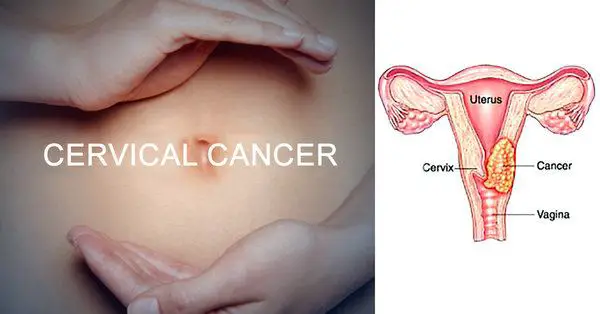HPV or human papillomavirus is a sexually transmitted infection in both, women and men. The National Cervical Cancer Coalition of the United States explains there are more than 100 types of HPV. But, there’s a certain type of HPV that causes cervical cancer, or more exactly 70% of all HPV-related cervical cancers.
So, find out which type of HPV causes this dangerous disease, as well as the risk factors of this highly contagious virus.
You might be surprised when reading that you don't have to be sexually active to get the infection.


HPV That Causes Cervical Cancer
Scientists say that this group of viruses can cause cervical, mouth, penile, anus, and skin cancer. Some of them can lead to the formation of common warts on feet and hands. Nevertheless, most types of this virus don’t show any symptoms, but they are generally harmless and disappear on their own. Believe it or not, there are nearly 40 types of human papillomavirus that affect the genital area, called genital HPV. As some researchers say, about 80 percent of all people will be infected with some type of genital HPV at least once in their lifetime. Moreover, there are high- and low-risk types of genital HPV. Those which are high-risk can cause the development of pre-cancer and cancer, whereas the low-risk can cause benign changes in the cervix, as well as genital warts. But, the strains of HPV that cause cervical cancer are type 16 and type 18.Risk of HPV
Also, this virus is easily transmitted via skin to skin contact. So, you can get it by having any kind of sexual activity that involves contact with the genitals of an infected person. Have in mind that this virus doesn't always show warning signs or symptoms, so be careful as your sexual partner can have the virus without being aware of it. Medical experts explain you can have more types of HPV at the same time. Latest statistics show that women with high-risk HPV have a higher risk of developing cervical cancer in the next ten to twenty years. So, even women who are no longer sexually active shouldn’t stop doing their annual gynecologic exams. Another important fact to remember is that women above the age of 30 have lower chances of curing any infection in their body naturally. That’s why they should get proper treatment from their gynecologist. Even though the male and female condoms both reduce the risk of HPV they don’t eliminate the risk completely. What’s more, statistics show that nearly 30 percent of oral carcinomas are related to HPV.Conclusion
- HPV is a common sexually transmitted infection
- You can’t fully protect yourself against the virus by using condoms
- Over 80 percent of sexually active women are likely to get the virus at some point in their life
- A person can have HPV without showing any warning signs or symptoms for years, or even never
- The infection is mostly transmitted via skin to skin touch (especially the genitalia when the partners don’t use condoms)
- Women are more prone to HPV than men
- The type of HPV that causes cervical cancer is type 16 and 18
- Cervical cancer is the most common disease related to HPV. In addition, the American Cancer Society estimates about 4,210 deaths and 12,820 new cases of this cancer only in 2017.
Leave a Comment
